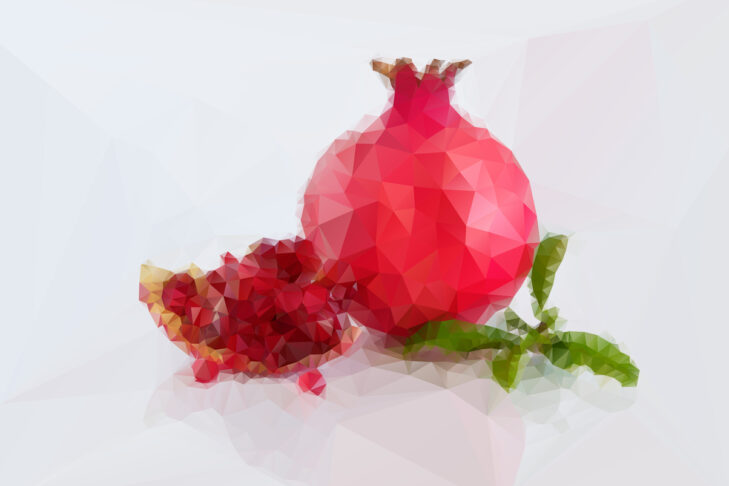It wasn’t surprising to hear so much despair leading up to the High Holidays given the state of the world. And getting the devastating news of the great RBG just as we were eating Rosh Hashanah dinner by the fire only made it hurt that much more.
So, I almost feel guilty admitting that I had the most meaningful and fulfilling High Holiday season of my adult life. Why?
Virtual and distanced holiday celebrations pushed us to shift and rethink everything about how we celebrate, including our mindsets and intention. Here are the top eight differences that made the High Holidays great for me:
1. It forced the focus from food to family. We had my beloved kreplach and brisket, but on paper plates outside, and it was great. It was more of a barbecue vibe than a fine china vibe, but so much more relaxed than a typical year, and we could just talk rather than incessantly cleaning up dishes.
2. I usually can’t sit still and have never had real patience for traditional services. But the ability to log in to almost any kind of service anywhere at any time meant I could watch Rosh Hashanah services while out for a walk with the sun shining over my head, Yom Kippur services outside my car while my daughter took a nap in her car seat and the first Yizkor service for my father-in-law surrounded by my nieces and nephews on their patio. Each of these unexpectedly moving experiences reminded me of a basic truth of Judaism: You don’t need to be in a “sacred” space to have a holy experience.
3. I didn’t just observe, I was entertained! I watched musical performances and author AJ Jacobs through the Hillel Higher Holidays services along with thousands of students and alumni around the country. I experienced a Torah reading in a field in Jerusalem, and endless holiday musical mashups by synagogues around the country.
4. I got to “spend” the holiday with people I would never otherwise have been able to. For years I have wanted to go to my friend/composer Matti Kovler’s alternative operatic Kol Nidre in Brooklyn, and this year I got to join him.
5. Tashlikh. A tradition that could have been created for COVID-19, Tashlikh really had its moment this year, and for good reason. We did a JArts staff Tashlikh downtown by “The Shape of Play” installation, I took my kids to the pond outside our adorable Airbnb barn and I also tossed away a few sins while walking around Jamaica Pond. And I had some real moments of reflection.
6. Baked goods. But really, the tradition and connection that comes with that sugar! My mother-in-law makes the be-all-end-all of High Holiday cookies—chaskies and honey cookies (our special and unique family tradition). Because we couldn’t get to Pittsburgh like we would normally, she sent three dozen and even made me a video for us on how to make them!
7. The Rosh Hashanah seder! It’s not a new thing, but it’s new to most of us Ashkenazi folk who have been missing out on this for years, and it was nice to bring a fun new tradition into the mix. If you didn’t catch this one, it’s a Sephardic tradition in which we share, eat and discuss the significance behind an array of symbols (pomegranates, dates, black-eyed peas, apples and honey). These symbols all remind us of the relevance of the holiday in our lives and give some good perspective.
8. This time forced me to think about what is meaningful. I had more moments of genuine awe at the world because I was out in it—more moments of joy with my kids because we were at the playground, and more meaningful connection with family because we weren’t all standing over the stove.
So, while I look forward to when we can also get together to celebrate, I don’t ever want to go back from what I learned this year.
Shanah tovah! Happy 5781!
This post has been contributed by a third party. The opinions, facts and any media content are presented solely by the author, and JewishBoston assumes no responsibility for them. Want to add your voice to the conversation? Publish your own post here. MORE



